|
|
http://bbs.angui.org/thread-104454-1-1.html
$ j" ~+ g. A# Q7 H" b/ z+ JVaristors (VDR’s) across the mains
# z3 n# o7 l+ }& a7 V# r6 y
: `/ {( |9 W6 E3 @& I' e$ n, Q: T2 o; `. m' T
Question:
3 B* J6 H7 W3 w( j. tReports from different Testing Laboratories and clients expose essential differences in interpretation and testing practice between laboratories and/or Certification Bodies.
0 U, V. G, H- P; P! L- }Actually, the practice of one Certification Body is now being a market factor.
1 |& `8 w4 P: v4 CBased on above concerns we ask for clarification:0 E- ?% X0 q. c% i
1: Shall Cl. 19.11 be strictly followed or can solutions given under 2. be accepted.
5 r; y; Q; _7 ~2: Can any of the decisions (made by OSM/EE) be accepted?8 |! p" \, b7 i% p3 N+ W( s+ N
- A: VDR’s across the mains are accepted if the VDR is separately certified according to IEC 61051-1 or according to CECC 42200.7 M! q6 ?3 Y8 |+ p& a/ n
- B: VDR across the mains with a protective device to guard against short-circuit is acceptable.( C8 x2 Q- {9 T
- C: If A and B are acceptable, should, because of the fact that VDR’s may burn or burst during life-time due to an increasing temperature stress caused by increase of leakage current with a number of switching cycles in the VDR, a thermal interrupting device on the VDR connected in series with the VDR be required.1 B/ h# n2 P$ t$ _9 N* g
Decision:" t3 H4 ?& k& a0 l3 r6 k3 j H
1. VDR’s are not short-circuited if they are used within their manufacturer’s declared specification, when tested according to Sub-clause 19.11.2 of IEC60335-1(1991).
7 x) L/ A7 H$ v z: B4 q: y* i2. VDR’s are short-circuited regardless of compliance with IEC61051-1, when tested according to Subclause 19.11.2 of IEC60335-1(2001).; `2 l: m" N& \4 T9 |4 F
' {, z! k+ D# z: W- e
|
|



 窥视卡
窥视卡 雷达卡
雷达卡 发表于 2013-1-11 23:19
发表于 2013-1-11 23:19
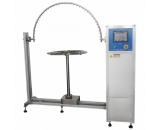

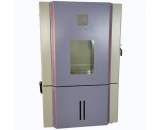

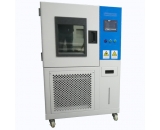

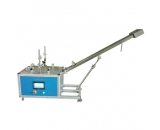

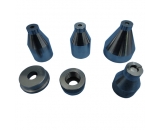






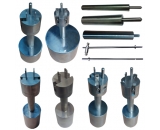
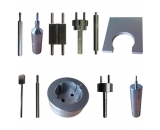
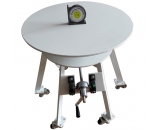
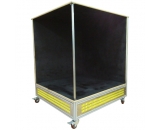

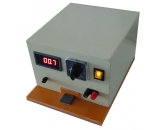
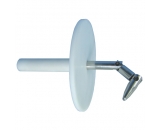
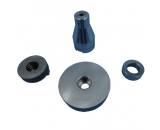
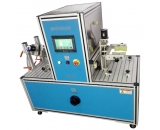
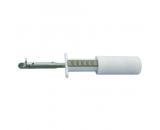
 提升卡
提升卡 置顶卡
置顶卡 沉默卡
沉默卡 喧嚣卡
喧嚣卡 变色卡
变色卡 抢沙发
抢沙发 千斤顶
千斤顶 显身卡
显身卡
 楼主
楼主 发表于 2013-1-12 20:49
发表于 2013-1-12 20:49














